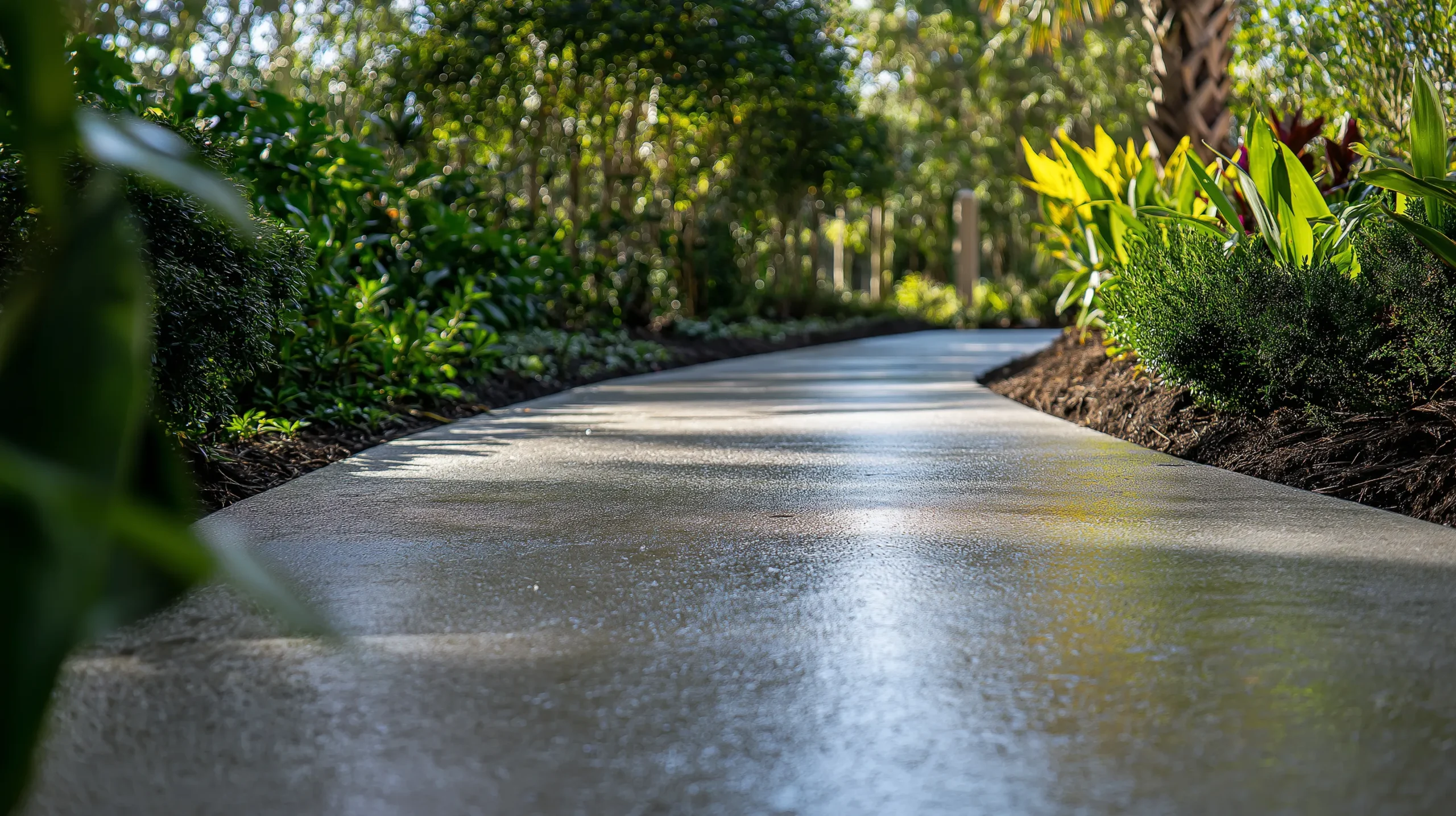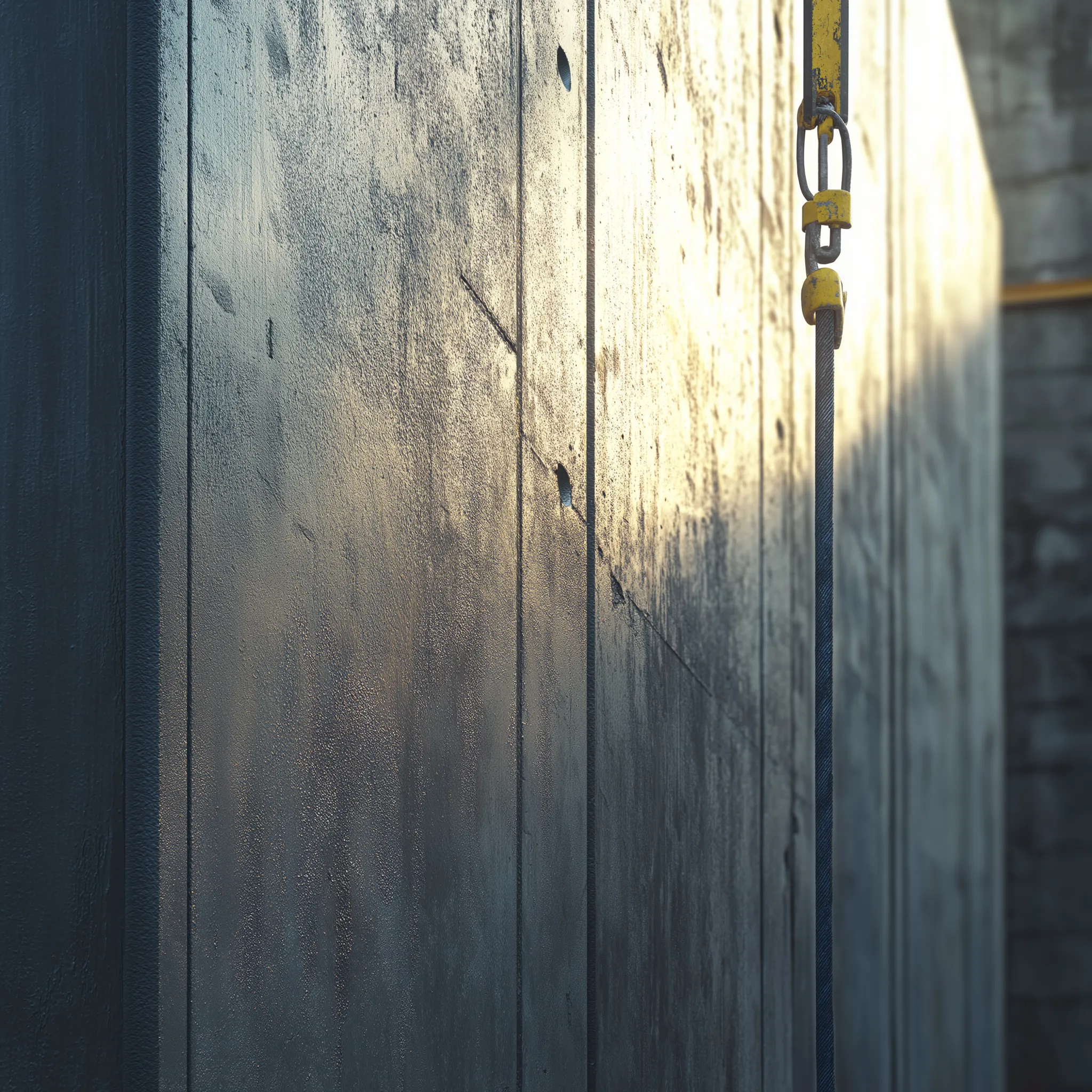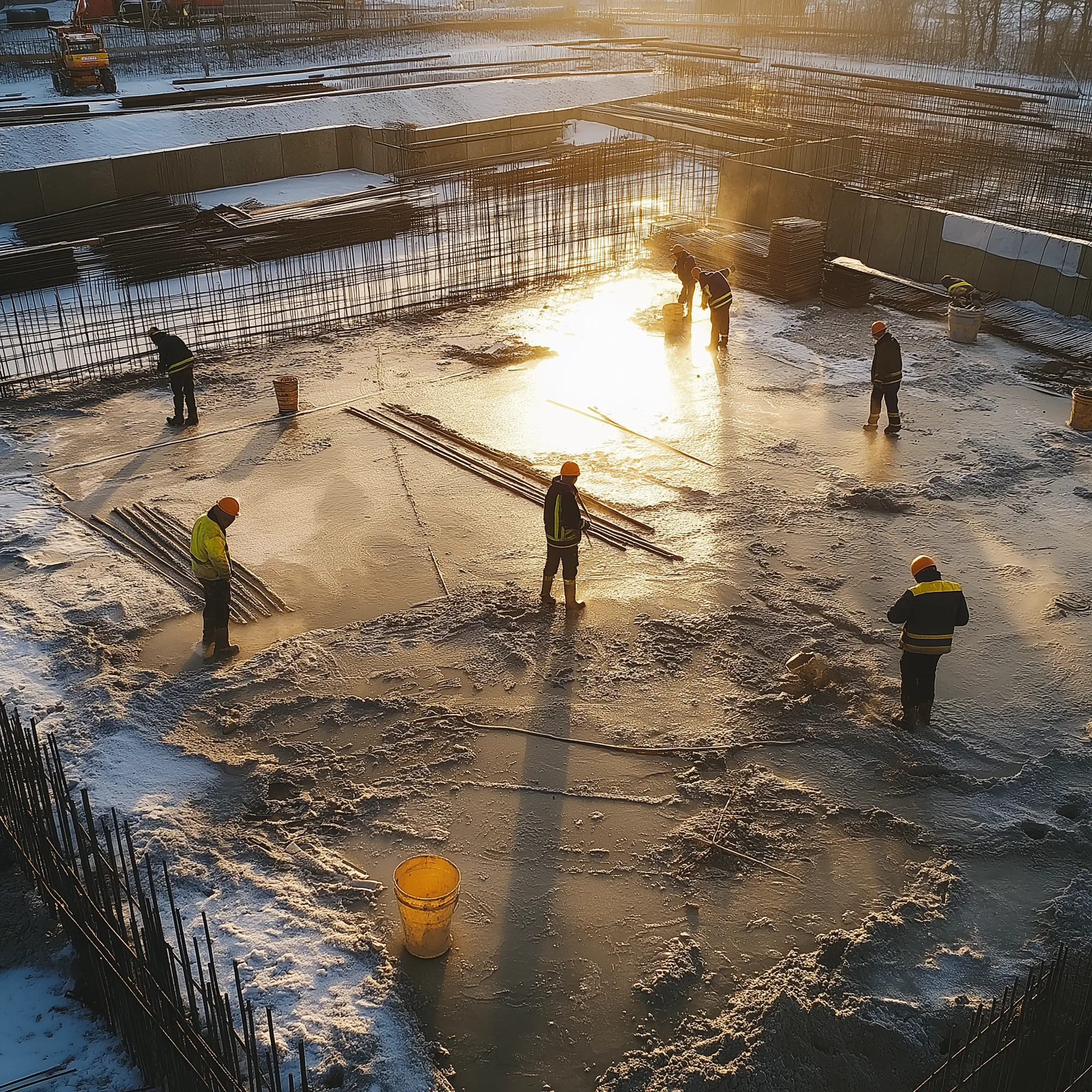Concrete is a fundamental material in construction, loved for its strength and durability. However, like any material, it is susceptible to certain issues, one of which is concrete dusting. Dusting can be a significant problem for both interior and exterior concrete surfaces, leading to maintenance challenges and potentially compromising the usability of the space. In this comprehensive guide, we will delve into the causes of concrete dusting, offer practical, lasting solutions, and highlight specific SpecChem products that can effectively address this issue.
The Concrete Problem: Dusting
Concrete dusting occurs when a powdery material is present on the surface of hardened concrete. This powder is primarily composed of disintegrated concrete particles, leading to a chalky and weak surface. Key causes of concrete dusting include:
Weak Surface Layers: The presence of weak surface layers can result from several factors, such as an overly wet mix, improper finishing techniques, and using the wrong amount or type of cement.
- Causes: High water-cement ratio, improper floating and troweling, and excessive bleeding water on the surface.
- Appearance: A noticeable chalky dust forms on the surface when rubbed.
Carbonation: A chemical reaction between carbon dioxide from the air and the calcium hydroxide in concrete leads to the formation of calcium carbonate. This reaction weakens the surface layer of the concrete.
- Causes: Exposure to CO2 from the atmosphere over time.
- Appearance: Gradual weakening of the surface, which may turn into a dusting issue.
Poor Curing: Adequate curing of concrete is critical for developing strength. Insufficient curing leads to insufficient hydration of cement, resulting in weak and dusty surfaces.
- Causes: Poor curing practices such as inadequate moisture retention and exposure to wind and sun.
- Appearance: A dusty appearance, especially in areas exposed to environmental elements.
The General Solution: Preventing and Addressing Concrete Dusting
Preventing and tackling concrete dusting involves both proactive and reactive measures:
Adequate Curing Methods: Ensuring proper curing techniques can vastly improve the durability and strength of the concrete surface:
- Water Curing: Keeping the surface continuously wet using methods such as ponding, spraying, or covering with wet burlap.
- Curing Compounds: Applying curing compounds that form a thin, moisture-retentive film on the surface.
- Plastic Sheeting: Covering the concrete surface with plastic sheeting to retain moisture.
Proper Mix Design and Placement: Using an optimal mix design with the appropriate water-cement ratio will prevent weak surface formation:
- Low Water-Cement Ratio: This reduces the risk of bleeding and weak surface layers.
- Finishing Techniques: Ensuring the right timing and technique for floating and troweling helps achieve a durable surface.
Surface Hardeners: Applying surface hardeners can significantly enhance the wear resistance and durability of the concrete surface:
- Dry Shake Hardeners: Incorporating dry shake hardeners during the concrete finishing process to improve surface strength.
- Liquid Hardeners: Applying penetrating or film-forming liquid hardeners to existing concrete surfaces to reduce dusting and improve hardness.
Preventive Measures Against Carbonation: Reducing the permeability of concrete to carbon dioxide can help prevent carbonation:
- Sealers: Applying surface sealers to protect against CO2 penetration.
- Reduced W/C Ratio: Lowering the water-cement ratio to make the concrete denser and less permeable.
The SpecChem Solution: Products That Address Concrete Dusting
SpecChem offers several specialized products designed to prevent and rectify concrete dusting issues. These products are tailored to ensure durable, dust-free concrete surfaces:
CureShield EX: This curing compound helps maintain adequate moisture levels during the curing process, ensuring proper hydration of cement and reducing the risk of dusting. It forms a protective film that retains moisture, aiding in the development of a strong, hard surface.
SpecHard: A liquid surface hardener and dustproofer, SpecHard penetrates into the concrete surface to chemically react with the free lime. This process creates a harder, denser surface resistant to dusting and wear.
LithSeal SC: This product is a deep-penetrating densifier and sealer that converts the weak surface layer into a durable, dust-free surface. It reacts with the concrete to form a dense, resilient layer that mitigates dusting and increases surface strength.
SpecFilm: Used during concrete placement, SpecFilm acts as an evaporation retarder that helps in controlling the evaporation of water from the surface. This ensures that the concrete cures properly, reducing the risk of dust formation.
Frequently Asked Questions (FAQs) About Concrete Dusting
Q: What causes concrete to dust?
A: Concrete dusting occurs due to weak surface layers, carbonation, and poor curing practices. High water-cement ratios, improper finishing techniques, and exposure to CO2 can all contribute to dusting.
Q: How can I prevent concrete dusting?
A: Preventing concrete dusting involves maintaining proper curing, using appropriate mix designs, applying surface hardeners, and taking preventive measures against carbonation.
Q: Can dusting concrete be fixed?
A: Yes, dusting concrete can be fixed using surface hardeners, sealers, and proper curing techniques. Products like SpecHard and Intraseal effectively address and rectify dusting issues.
Q: What is the best product for preventing concrete dusting?
A: SpecChem offers several products such as CureShield EX for curing, SpecHard for hardening, and Intraseal for sealing and densifying concrete surfaces.
Q: How does poor curing contribute to concrete dusting?
A: Poor curing leads to inadequate hydration of cement, resulting in weak and powdery surface layers. Proper curing retains moisture and ensures the concrete develops sufficient strength.
Q: What is carbonation in concrete?
A: Carbonation is a chemical reaction between CO2 from the air and calcium hydroxide in concrete, forming calcium carbonate. This weakens the surface layer and can lead to dusting.
Q: How do surface hardeners work?
A: Surface hardeners penetrate the concrete surface and chemically react with free lime to form a denser, harder surface, reducing dust formation and enhancing wear resistance.
Q: Can carbonation be prevented in concrete?
A: Yes, carbonation can be mitigated by using low water-cement ratio concrete, applying sealers to reduce permeability, and using surface hardeners to strengthen the top layer.
By understanding the causes and solutions for concrete dusting and utilizing SpecChem’s specific product range, you can ensure the longevity and integrity of your concrete surfaces. Whether it’s through effective curing methods, appropriate mix designs, or applying surface hardeners, SpecChem provides reliable solutions for preventing and remedying concrete dusting.
For more detailed advice and tailored product recommendations, feel free to reach out to our team at SpecChem. Your concrete’s health and longevity are our top priorities!





